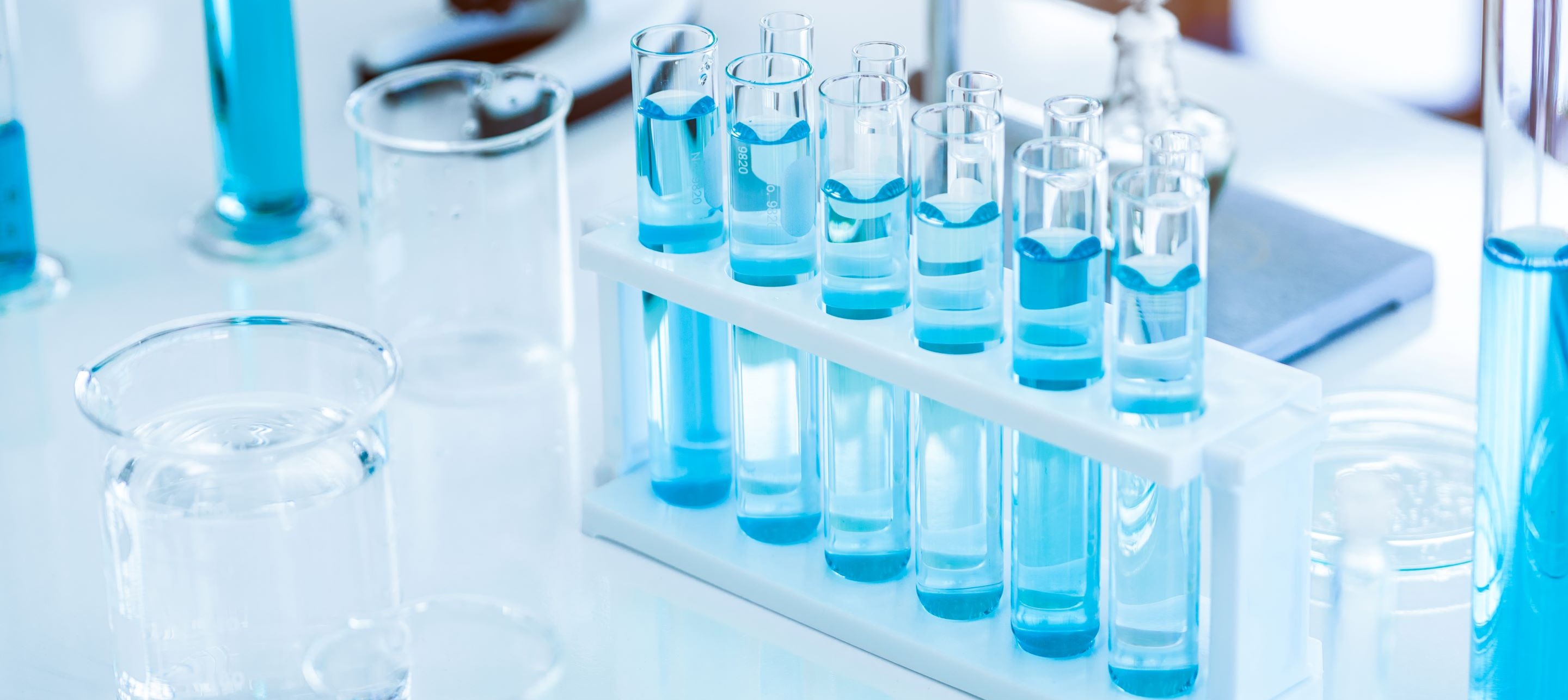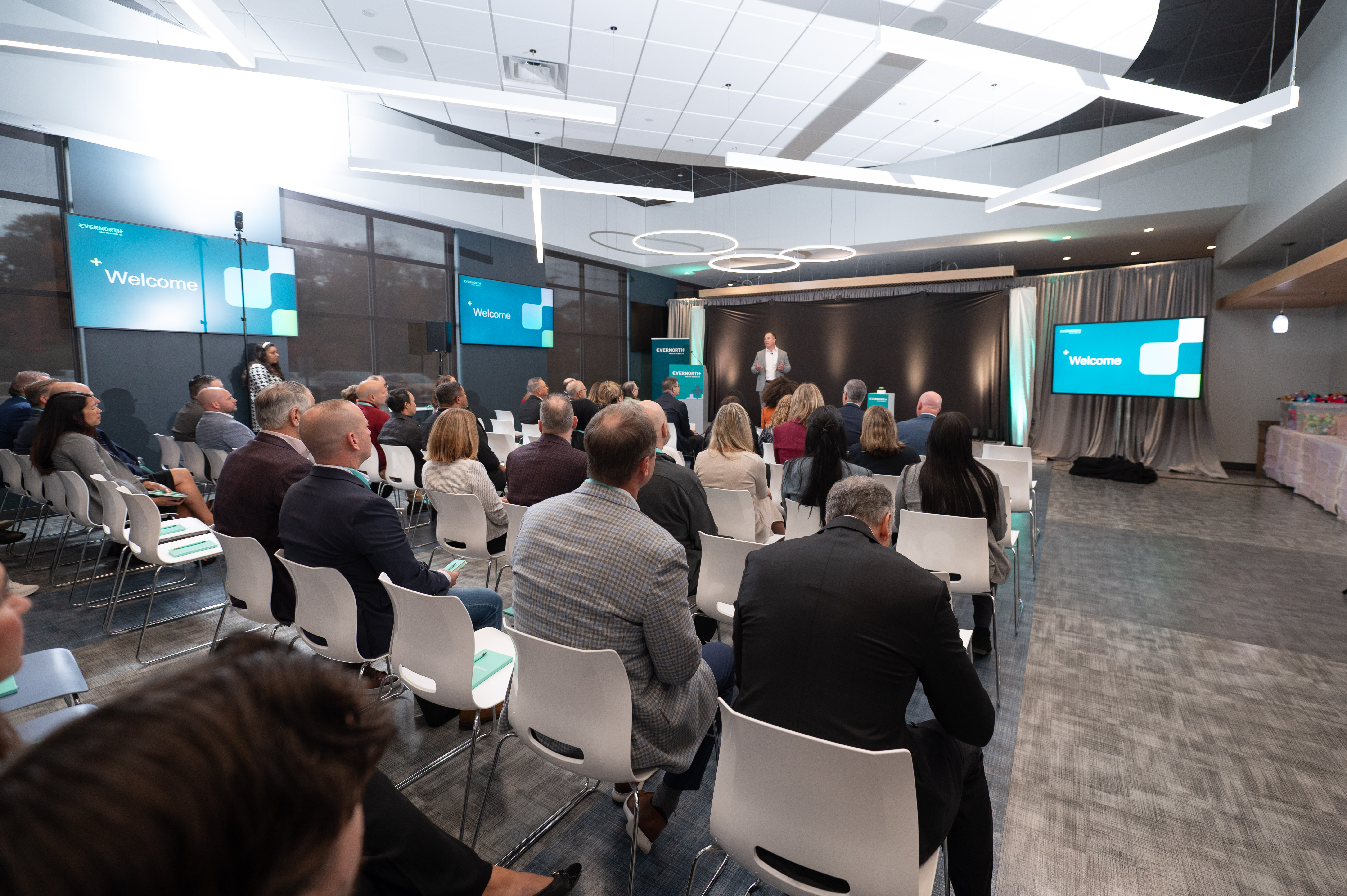This year marks a turning point in what has been a long and complicated road to entry for biosimilars in the United States. Biosimilars are lower cost, clinically equivalent alternatives to expensive biologic medications.
By the end of 2023, 11 biosimilars for Humira or adalimumab — one of the most widely used biologic drugs — will be available for patients living with inflammatory conditions in the U.S.
In 2024 and beyond, more approvals for biosimilars that treat inflammatory conditions are expected, enabling lower costs for a drug class that, on average, represents nearly 25% of total drug spend for employers.
Much like generics, advocating for the approval and adoption of biosimilars can promote competition and drive long-term savings for clients and members living with inflammatory and other complex conditions.
Biosimilars Pricing Challenges and Potential Savings
Without competitor products, pharmaceutical manufacturers can increase prices to whatever the market will tolerate, leaving health plans, employers and patients to bear the brunt of the costs. Case in point, Humira was introduced 20 years ago, and, with little competition, its list price has increased 470%.
Plan sponsors have seen first-hand how competition works quickly and effectively to lower drug prices and keep price increases in check. It started decades ago with generic drugs, and continues today with biosimilars, particularly interchangeable biosimilars, which can be substituted automatically for the original biologic product at the pharmacy.
For example, the list price of Lantus, a long-acting insulin injector, more than doubled during the five years after it was FDA-approved in 2010. The price only fell when competing products entered the market in 2015 and it continued to decrease following the entry of several biosimilar options — including an interchangeable option in 2021.
An Evernorth analysis estimates that biosimilar competition can save $225 billion to $375 billion dollars in pharmacy spend over the next decade.
Those are significant dollars that plan sponsors can use to lower premiums, expand medication lists, fund wellness programs, or pass savings directly to patients at the pharmacy counter.
Biosimilars Considerations and Actions
Of course, it requires careful planning to capture these savings. Here are several strategies to consider:
- Optimize plan design to capitalize on lowest-net-cost medication options. Use drug tiering to reward patients with a lower copay if they use a lower-cost or preferred drug. As more biosimilars come to market, consider moving beyond a traditional three-tier design to four or more tiers.
- Stay up to date on biosimilar developments and manage formularies accordingly as the specialty drug landscape evolves. As new biosimilars become available, conduct individual clinical reviews to ensure formulary decisions are guided first and foremost by clinical efficacy. Consider patient support needs and services, such as injection training, as part of the overall experience. After clinical considerations, give formulary preference to high-value therapies that help reduce costs.
- Integrate cost control tools such as medical drug management, leveraging data analytics to determine if a biosimilar should be covered under the pharmacy or medical benefit for maximum cost savings. Another useful tool is site of care redirection, as there can be substantial cost differences among facilities dispensing the same drug. Biosimilars typically require administration by injection or infusion under supervision of a medical professional, so steering members to the most clinically appropriate, cost-effective site is key.
- Educate providers and patients on biosimilars since many of them are new to biosimilars and might be misinformed about their safety, efficacy and possible financial benefit. Overcome these challenges by sharing evidence-based educational materials, in addition to regular updates on how biosimilars impact benefit options. The U.S. Food & Drug Administration offers a variety of educational materials, including a toolkit to help foster more productive discussions. Also, a specialty pharmacy partner can help deploy a multichannel approach for communicating to all audiences about biosimilars and their potential savings.
Together, these actions can advance the market transition to biosimilars while preserving choice and flexibility for providers and patients.
Sign up for our newsletter to get updated when new content is available.



